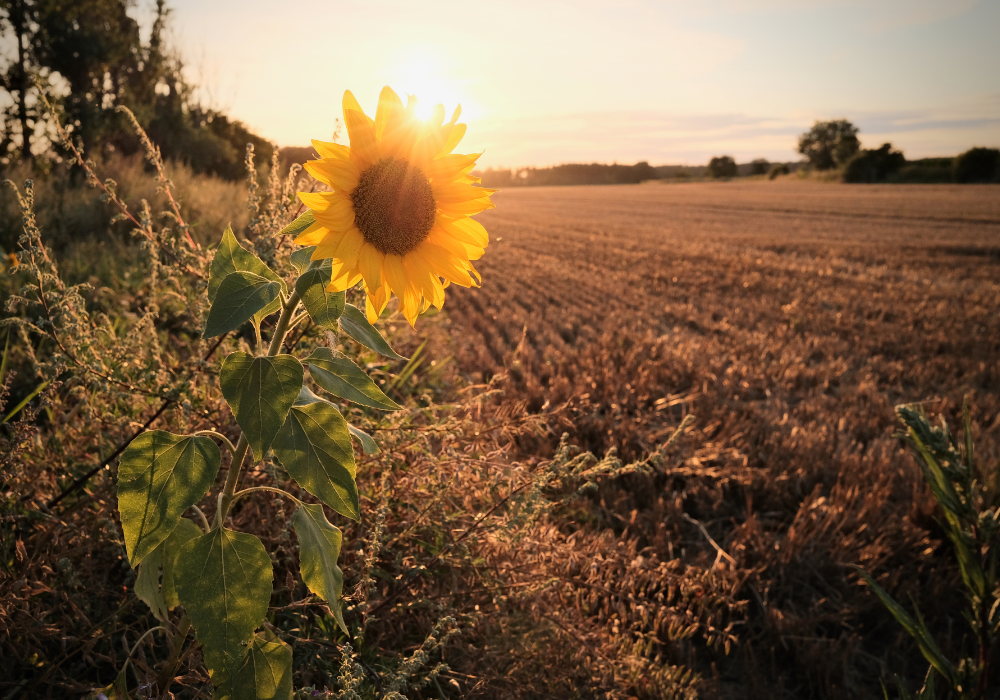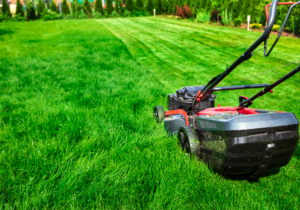Summer is winding down, but that doesn’t mean your yard has to lose its lustre. Late summer landscaping is crucial for maintaining a vibrant and healthy yard. Whether you’re a homeowner looking to boost curb appeal or a gardening enthusiast aiming to extend the beauty of your outdoor space, these late summer landscaping tips will help you keep your yard in top shape. In this blog post, we’ll explore various strategies and techniques to ensure your yard remains vibrant and inviting as the season transitions.
 Understanding Your Yard’s Needs in Late Summer
Understanding Your Yard’s Needs in Late Summer
Late summer presents unique challenges for yards, primarily due to increased heat and potential drought conditions. These factors can stress plants and grass, making it essential to understand your yard’s specific needs during this period.
Factors Affecting Your Yard
Heat and humidity can take a toll on your yard, leading to wilting plants and browning grass. Additionally, late summer droughts can deprive your yard of much-needed moisture, exacerbating stress on your landscape. Understanding these factors can help you address issues before they become severe.
Identifying Signs of Stress
Look for signs of stress in your plants and grass. Wilting leaves, discoloured foliage, and thinning grass are common indicators that your yard needs attention. Early intervention can prevent long-term damage and keep your yard looking vibrant.
Soil Health
Healthy soil is the foundation of a vibrant yard. Late summer is an excellent time to assess soil health and make necessary adjustments. Consider soil testing to determine pH levels and nutrient deficiencies, allowing you to tailor your care routine more effectively.
Watering Strategies for Late Summer
Proper watering is crucial in late summer to combat heat stress and drought. However, it’s essential to balance hydration with water conservation to maintain a healthy yard without wasting resources.
When and How Much to Water
The best time to water your yard is early in the morning when temperatures are cooler, reducing evaporation. Aim to water deeply but infrequently, encouraging roots to grow deeper and making plants more drought-resistant. For most plants, about one inch of water per week is sufficient.
Water-Saving Techniques
Implementing water-saving techniques can help you conserve water while keeping your yard hydrated. Mulching is an effective method to retain soil moisture and reduce evaporation. Additionally, consider using drip irrigation systems, which deliver water directly to the root zone, minimizing waste.
Adjusting to Plant Types
Different plants have varying water requirements. Group plants with similar needs together to optimize watering. Native plants are generally more adapted to local conditions and require less water, making them a great choice for late summer landscaping.
Lawn Care Tips
Maintaining a healthy lawn during late summer requires specific care practices to prevent heat stress and promote growth.
Mowing Strategies
Mowing your lawn at the correct height is crucial in late summer. Set your mower blades higher to leave the grass longer, providing shade to the soil and reducing water evaporation. This practice helps the grass withstand heat and drought better.
Fertilization Advice
Late summer is an excellent time to fertilize your lawn, providing essential nutrients to support growth. Use a balanced fertilizer with slow-release properties to avoid burning the grass. Follow the manufacturer’s instructions for application rates to prevent over-fertilizing.
Aeration
Aeration helps improve soil compaction and allows water, air, and nutrients to penetrate the root zone more effectively. Late summer is an ideal time for aeration, as it prepares your lawn for the upcoming fall growing season.
Plant Selection and Care
Choosing the right plants and providing proper care can keep your garden colourful and thriving through late summer.
Late-Blooming Plants
Incorporate late-blooming plants into your garden to maintain colour and interest. Perennials like coneflowers, black-eyed Susans, and asters are excellent choices. These plants not only add beauty but also attract pollinators, enhancing the overall ecosystem of your yard.
Pruning and Deadheading
Pruning and deadheading are essential tasks to encourage continued growth and blooming. Remove spent flowers and trim back overgrown branches to stimulate new growth. This practice keeps your plants looking tidy and promotes healthier blooms.
Mulching
Mulching around your plants helps retain soil moisture, suppress weeds, and regulate soil temperature. Organic mulches like wood chips or straws are excellent options. Apply a layer of mulch around the base of your plants, being careful not to cover the stems.
Pest and Disease Management
Late summer can bring an increase in pests and diseases, posing a threat to your yard’s health. Proactive management is key to preventing damage.
Common Late Summer Pests
Look out for common late summer pests such as aphids, spider mites, and caterpillars. These pests can damage plants by feeding on leaves and stems. Regularly inspect your plants and take immediate action if you notice any infestations.
Eco-Friendly Control Methods
Opt for eco-friendly pest control methods to protect your yard and the environment. Introduce beneficial insects like ladybugs and predatory wasps, which naturally control pest populations. Additionally, use neem oil or insecticidal soap as non-toxic alternatives to chemical pesticides.
Preventing Diseases
Diseases such as powdery mildew and rust can affect plants in late summer. Ensure proper air circulation by spacing plants appropriately and removing any infected foliage. Watering at the base of plants rather than overhead can also reduce the risk of fungal infections.
Enhancing Your Landscape for Fall
Preparing your yard for the upcoming fall season ensures a smooth transition and continued beauty.
Transitioning from Late Summer to Early Fall
Start by cleaning your yard and removing any dead or decaying plant material. This prevents the spread of diseases and pests. Consider adding compost to your soil to enrich it with nutrients for fall planting.
Planting for Fall Color
Introduce fall-blooming plants like chrysanthemums, pansies, and ornamental grasses to add vibrant colours to your landscape. These plants thrive in cooler temperatures and provide stunning visual interest as summer fades.
Lawn Overseeding
Overseeding your lawn in late summer helps fill in bare spots and promotes a lush, green lawn in the fall. Choose grass varieties suitable for your climate and follow proper seeding techniques for optimal results.
Late summer landscaping is essential for maintaining a vibrant and healthy yard as the seasons change. By understanding your yard’s needs, implementing proper watering and care strategies, and addressing pests and diseases, you can keep your landscape looking its best. Transitioning your yard for fall ensures continued beauty and prepares it for the upcoming season.


